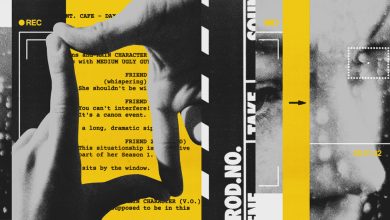Is Everything A.S.M.R. Now?

A person, typically a woman, is talking gently into a microphone. She’s paying close attention to you. Perhaps she’s asking you about your day, or role-playing the part of an aesthetician or doctor or your best friend at a slumber party. Maybe she’s about to give you a facial. Or examine your eyes with a light and a magnifying glass. Or simply listen to you talk.
There are a lot of — for lack of a better description — mouth sounds. The woman whispers and clicks her tongue, all while speaking with overemphasized consonants and elongated vowels. Occasionally, she taps her fingernails on the microphone. Or drags them along the teeth of a comb. Or crinkles up a piece of cellophane. When she opens the jar containing the mud mask she’s about to apply to your cheeks, she twists the lid open and close and open and close, slowly and strategically into the microphone.
These effects once belonged to a niche of online content known as A.S.M.R., short for Autonomous Sensory Meridian Response, the name for the pleasant, tingly sensation viewers may get from watching videos with these sounds. And it was thought to be something of an acquired taste, even as it became wildly popular online.
But some of the core elements of A.S.M.R. videos have slowly crept their way into more mainstream content. Take a quick scroll through TikTok or Instagram Reels, and you’re not likely to get very far without encountering someone riffing on the genre.
Videos of chefs plunking down an onion on the counter only to have the onion thunk — plop! — and, through the magic of editing, scatter into a perfectly diced pile. They hit a pan with hot oil and — sssss — they sizzle. A video of a fashion influencer getting dressed may emphasize the sound of a zipper being pulled or the percussive pops of a row of snaps. The gentle sound of sloshing water accompanies a video of someone dredging a pool. C3 Laundry Services, a cleaning company in Accra, Ghana, started gaining viral attention a few years ago after its owner began posting videos scraping soapy water out of dirty rugs.
The sounds are subdued, never alarming. Just enough to keep the viewer’s attention.
“The one thing these videos tend to have in common is transformation,” said Craig Richard, a biopharmaceutical sciences professor at Shenandoah University and the author of the book “Brain Tingles.”




